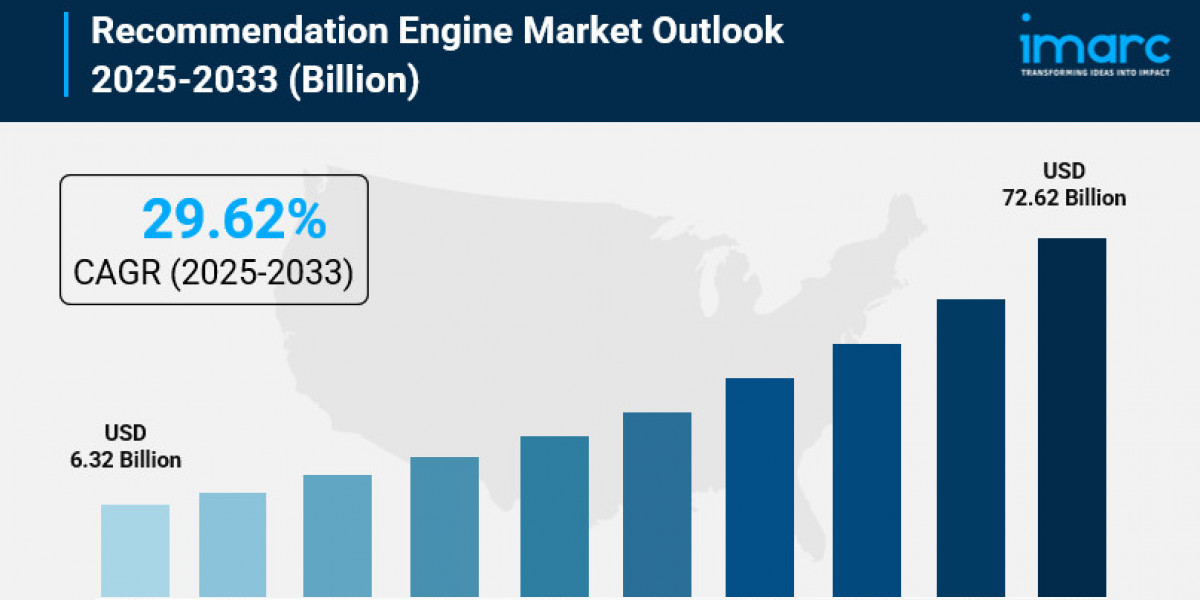Market Outlook
The airport automation market is poised for robust expansion over the coming decade. According to recent analysis, the global market size was estimated at around USD 6.84 billion in 2024 and is projected to reach approximately USD 12.07 billion by 2035, representing a compound annual growth rate (CAGR) of about 5.3% between 2024 and 2035. Growth is being driven by the twin pressures of rising passenger volumes and the drive for operational efficiency in the aviation sector.
Industry Overview
Airports worldwide face increasing complexity: higher passenger numbers, stricter security, sustainability mandates, and cost pressures. In this context, automation technologies are becoming essential. Automation spans systems such as baggage-handling, passenger processing, air traffic management, IT solutions, security systems and automated ground handling. Airports are investing in software, hardware, data acquisition and control systems – and even beyond the terminal, into landside and airside operations. The industry is witnessing new levels of intelligence in operations, with self-service kiosks, biometrics, real-time data analytics and predictive maintenance becoming more commonplace.
Key Players
Several major technology and automation firms are shaping this evolving market. Prominent among them are Siemens (Germany), Thales Group (France) and Honeywell International Inc. (United States). Other players such as Amadeus IT Group SA (Spain), SITA (Switzerland), Indra Sistemas S.A. (Spain), Rockwell Collins (USA) and NEC Corporation (Japan) are active as well. These companies are deploying innovative automation, software and integration solutions tailored to airports’ evolving needs.
Segmentation Growth
The market breaks down across several segmentation axes:
- By System: Includes Data Storage, Automation & Control, Data Acquisition & Communication, and Software & Solutions. Automation & Control holds the largest share, while Data Acquisition & Communication is noted as the fastest-growing segment.
- By Technology: Key technologies include Baggage Handling Systems (largest share), Passenger Processing, Air Traffic Management (ATM), IT Solutions, Security Systems (fastest growth) and Automated Ground Handling.
- By Level of Automation: Level 3 automation currently dominates, with Level 4 (more advanced, AI-driven) emerging fastest.
- By Application: Terminal-side operations currently account for the largest share; however, airside operations are witnessing the fastest growth.
- By End-user: Commercial airports hold the largest share; cargo airports are the fastest growing due to rising logistics demand.
In sum, automation in airports is transitioning from incremental upgrades to transformational change. For airport operators, technology vendors and investors alike, the opportunity is clear: smarter, more efficient, safer airports are no longer optional—they’re imminent.







